Kettering Fairmont teacher Erin Molden, a GrowNextGen teacher leader, talks about using the Making biodiesel with soybeans lesson with her students:
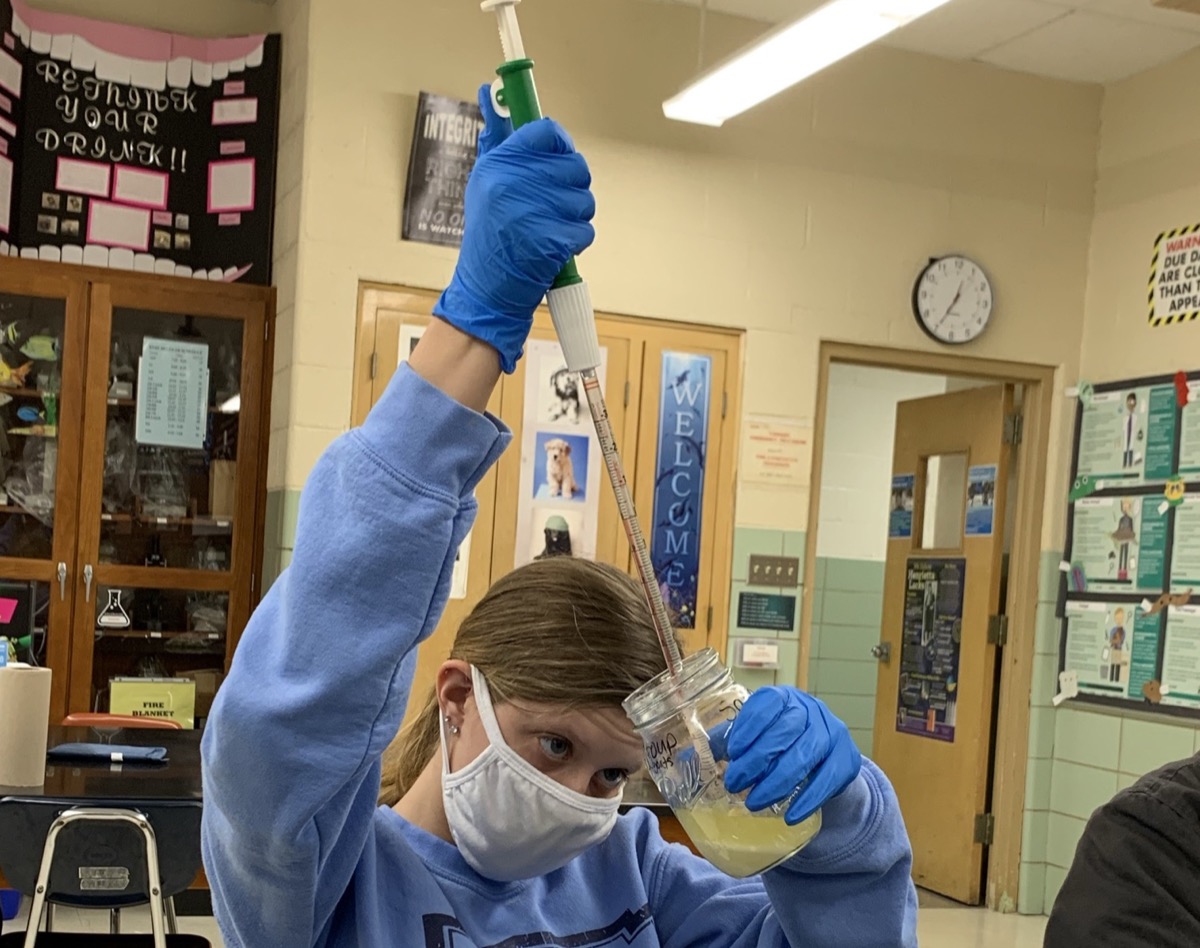
My goals for this lesson were two-fold. I wanted a fun, engaging lab that would allow my students to look into the world of Ag Biotech. Secondly, I was curious to see how students at all grade levels (9-12) would respond to and work through this experiment. Selfishly, I had been waiting to do this lab with my students since I participated in the virtual Ag Biotech teacher camp during the summer of 2020 because I really enjoyed the experience and wanted to run this lab again—who doesn’t like fire?!
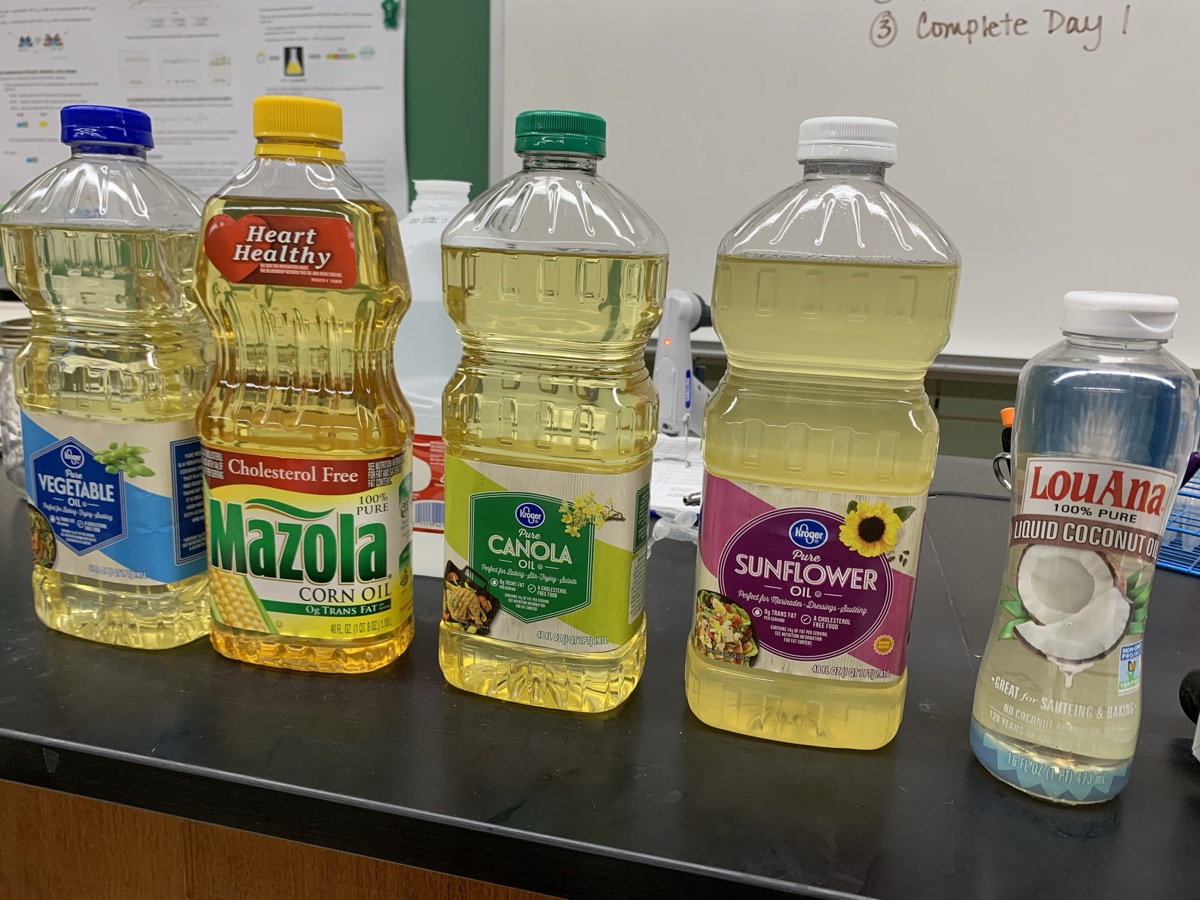
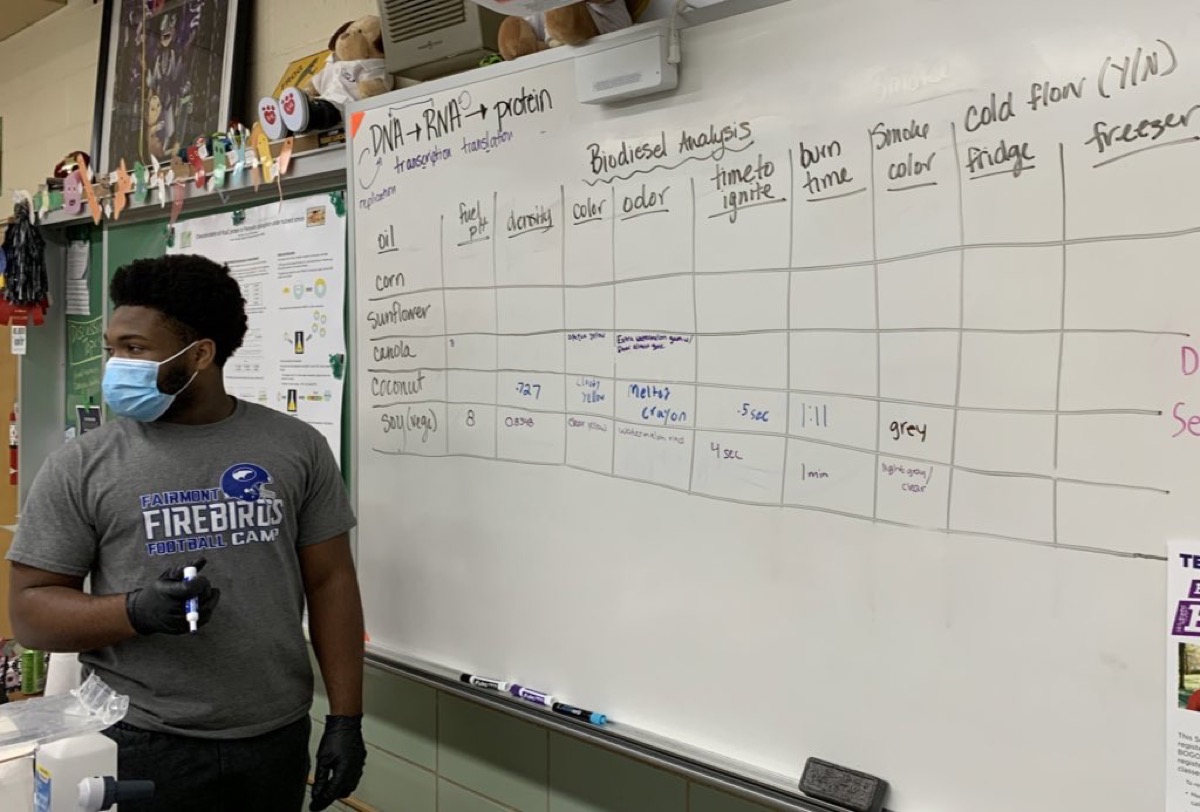
As we started this lab, we talked about biodiesel as a sustainable fuel source. Several students were curious if they could run their own vehicles on biodiesel, so we talked about whether this was possible or not. As we started the lab, I demonstrated some of the critical steps in the process—reviewing the basics of pipetting, reminding them to follow safety protocols, and finally showing them how to shake, shake, shake their biodiesel.
To make our biodiesel, we worked with the options of soybean oil, corn oil, canola oil, sunflower oil, or fractionated coconut oil. We all really appreciated the kinetic movement needed in this lab. One group decided that during their five minutes of shaking they would walk the hallways to pass the time. Another science teacher saw them and asked what they were doing. This group of students was able to explain the lab and share a little about biotechnology in the process. The teacher asked them to come back each day and share what was happening next in the lab. What an amazing opportunity for my students to serve as teachers—this really helped solidify their learning and confidence.
As we worked through the lab students were active and talking with each other about what was happening. This allowed me to walk around and communicate with each group to answer any ‘burning’ questions. I would argue that this was one of our most engaging labs so far this year (and we hadn’t even lit anything on fire yet!).
I mentioned earlier that I tested this lab with all high school age groups. As a career tech teacher at Kettering Fairmont CTC, I also teach an Introduction to biotechnology course geared towards 9th and 10th graders to preview the Biotech CTC program. I am happy to report that the biodiesel lab promoted engagement and conversations with my Intro students just as it had with my juniors and seniors!
So on the final day it was time to analyze our biodiesel samples and run the pop pop boats that were part of the supplies provided to teachers at the Ag Biotech workshop. Students worked together to collect data on the board and then we worked as a whole class to make observations on the similarities and differences of our samples.
Interestingly, coconut oil biodiesel was the fastest to ignite and had the cleanest fumes while soybean and canola oil seemed to give our boats the most power. We talked about the possibilities of making biodiesel from a blend of oils to see if we could harness the positive effects seen with each sample. Sounds like a great Science Fair project to me!
Molden said she would “absolutely” recommend the Ag Biotech workshop to other teachers. It allowed her to connect with other biotechnology educators in the state, and provided “science, fun, collaboration, problem solving, and the opportunity to be a lifelong learner”. She was also able to get help with this biodiesel activity from GrowNextGen teacher leaders and workshop presenters Rachel Sanders and Jennifer Foudray so that it ran smoothly.
Watch for info about upcoming Ag Biotech Academy workshops in our newsletter, on our website, and through our social media!
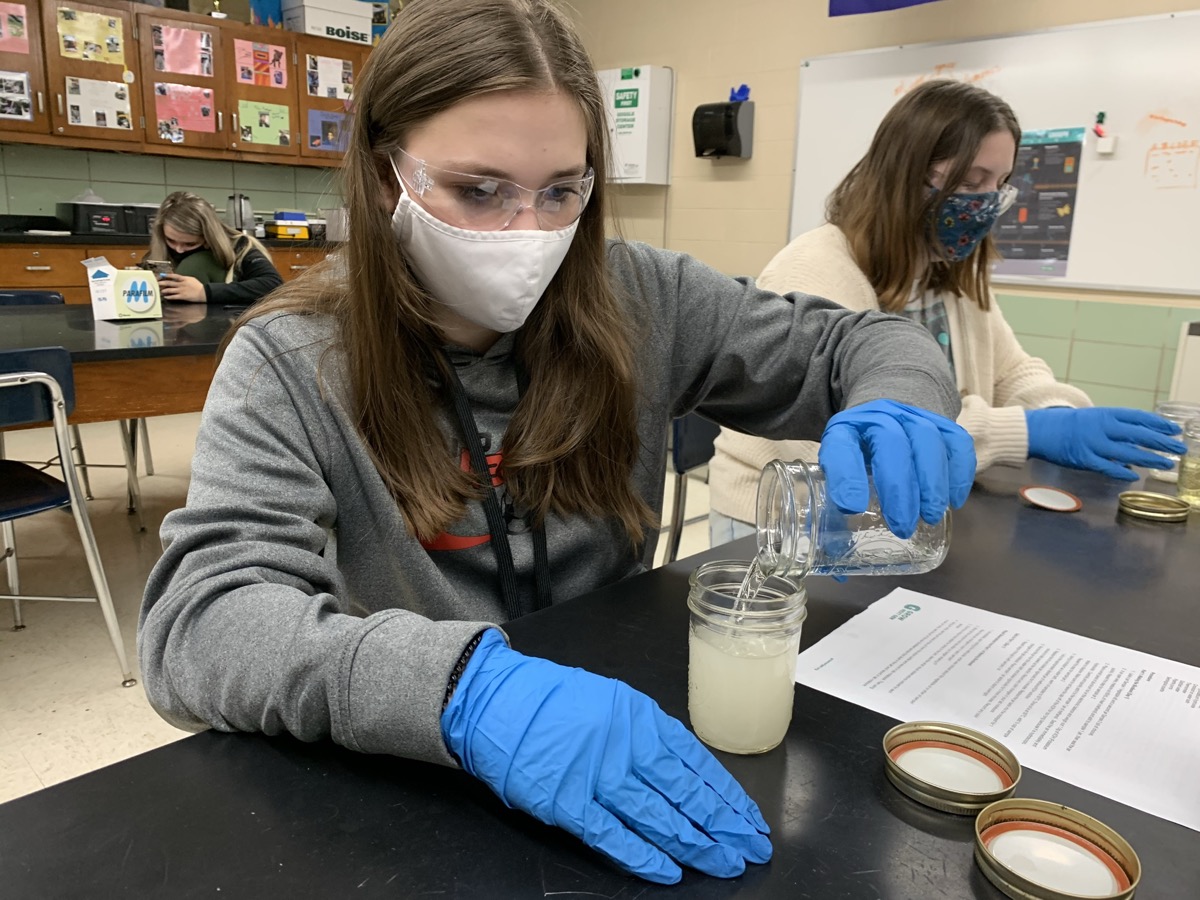
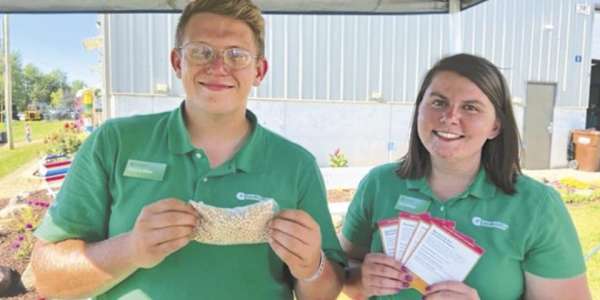
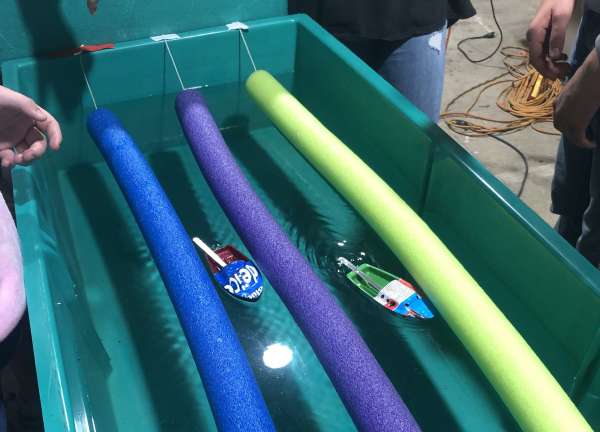
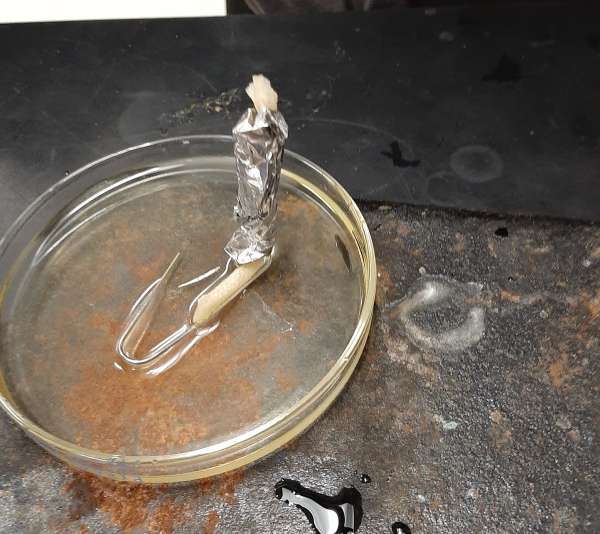
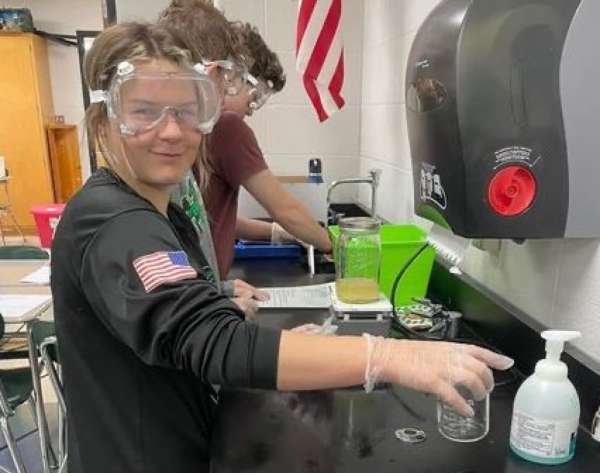
Share this